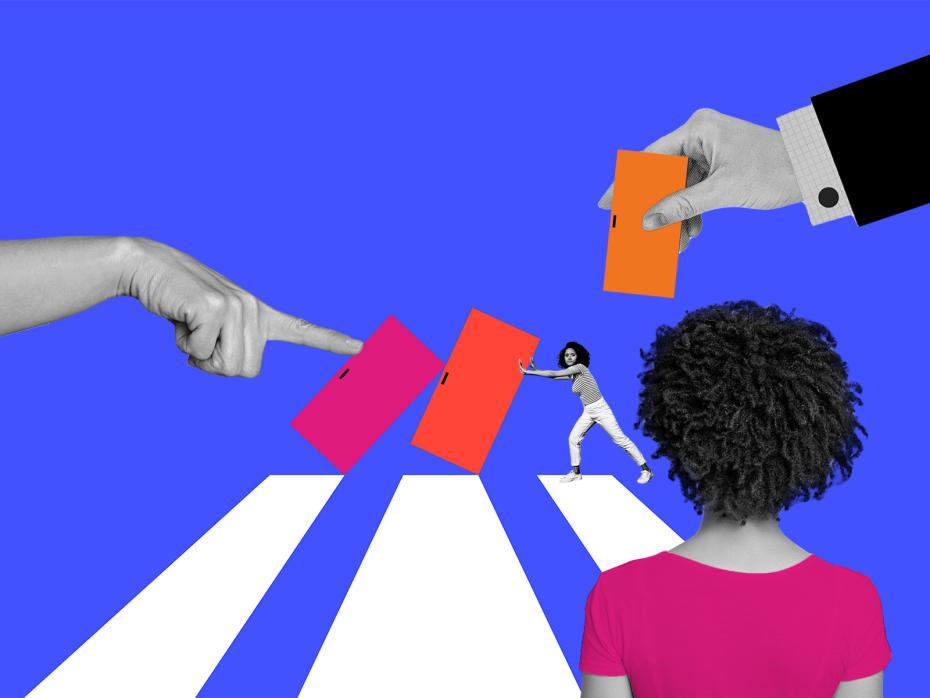In times of uncertainty, transformation and conflict, diversity and inclusion are increasingly framed as problems or, worse, used as scapegoats. We see it in public discourse, in political rhetoric and in the fears of those who feel left behind in a changing world. Yet, diversity – when acknowledged and integrated – can be an powerful resource. Not an obstacle to manage, it is an engine to ignite. This is especially true for universities, as the places where the people who will shape our future are educated.
This is why superdiversity, a concept introduced by anthropologist Steven Vertovec to describe the complex diversification of society as a result of global migration, is particularly helpful. It pushes us to go beyond the conventional – and limited – categories such as gender, ethnicity and nationality to include age, socio-economic background, educational pathways and intergenerational migration stories in definitions of diversity. It’s not just about acknowledging minorities but about recognising and valuing the dynamic intersection of experiences and identities that each of us carries.
- ‘Think of inclusivity as the rule rather than the exception’
- Spotlight guide: Teaching and researching across international borders
- How universities can move from DEI backlash to breakthrough
In classrooms, research labs and project teams, superdiversity is an asset. And this is not just an ethical argument or a sociological theory. Economists at our university – such as Gianmarco Ottaviano and Marta Prato – have shown that ethnic diversity fosters innovation, especially in advanced economies. Diversity, in short, drives growth.
The richness of an academic community lies in its ability to connect people of different backgrounds, approaches and perspectives. But this does not happen by chance; it requires intentionality, vision and daily commitment.
Many universities have taken steps in recent years to promote diversity and inclusion. But if we want to truly harness the complexity of the world around us, we need to be bolder. We need to build institutions capable of welcoming and bringing together even the deepest, least visible and most layered differences.
This journey is not always linear or easy. But it is urgent. Based on our experience, I offer here concrete suggestions that may be adapted to different contexts.
1. Harness the potential of students from under-represented backgrounds
Superdiversity means embracing students from non-linear paths or under-represented backgrounds. We are experimenting with selection processes that assess students’ potential according to starting conditions. We have launched preparatory programmes to support students with fewer educational opportunities. Our inclusion programmes promote access for refugees and high-achieving, low-income students from politically unstable regions or from the Global South. These new trajectories are already shaping the university of tomorrow.
2. Build truly inclusive campuses
Because of increased life expectancy and dramatic shifts in demographics, including later retirement ages, longer life spans and healthier lives, it’s not only our societies that are multigenerational; our universities are, too, especially those engaged in executive and lifelong learning. Support for diverse cohorts includes peer mentoring, multilingual psychological support, student-led intercultural initiatives and spaces for open discussion on identity. Inclusion is not a one-time project; it is a continuous process that requires attention, active listening and dedicated tools. With such a breadth of historical experiences at universities, ensuring that generations work together means that technology must cross age barriers, and learned wisdom can be passed down. Different generations provide access to whole different eras, fostering a living study of history.
3. Encourage cross-disciplinary and cross-perspective collaboration
The future of universities also lies in cross-pollination among disciplines and the creation of new knowledge and approaches. At Bocconi, we have launched courses and initiatives that bring together students from programmes such as economics, law, data science and government to address global challenges including climate change and digital transformation. This fosters true cross-cultural learning, as well as sparking discoveries, promoting interdisciplinary innovation and strengthening bonds between people and disciplines at the university. Disciplinary diversity is, after all, one of the most fertile forms of superdiversity.
4. Measure thoughtfully, listen carefully
While continuing to monitor traditional diversity metrics such as gender, nationality or educational background, we are expanding and refining our data collection efforts – also by leveraging AI tools. We combine quantitative and qualitative methods, including targeted surveys, participatory forums and structured feedback. The goal is not to show progress but to drive improvement.
Diversity must be a core priority, clearly communicated and consistently implemented across institutions. Diversity and inclusion should be embedded in strategic plans and governance structure. At Bocconi, we’ve also chosen to make our commitment visible; we amplify the voices of students, faculty and alumni from diverse backgrounds. This is not a branding exercise but aims to reflect deeply held values and a long-term cultural commitment.
Embracing superdiversity does not mean simply adding differences to an existing structure. It means rethinking how we produce knowledge, evaluate potential and distribute opportunity. Universities can be laboratories of this transformation – if they choose to see diversity not as a challenge to manage but as a remarkable opportunity to nurture.
Francesco Billari is rector of Bocconi University, Italy.
If you would like advice and insight from academics and university staff delivered direct to your inbox each week, sign up for the Campus newsletter.




comment